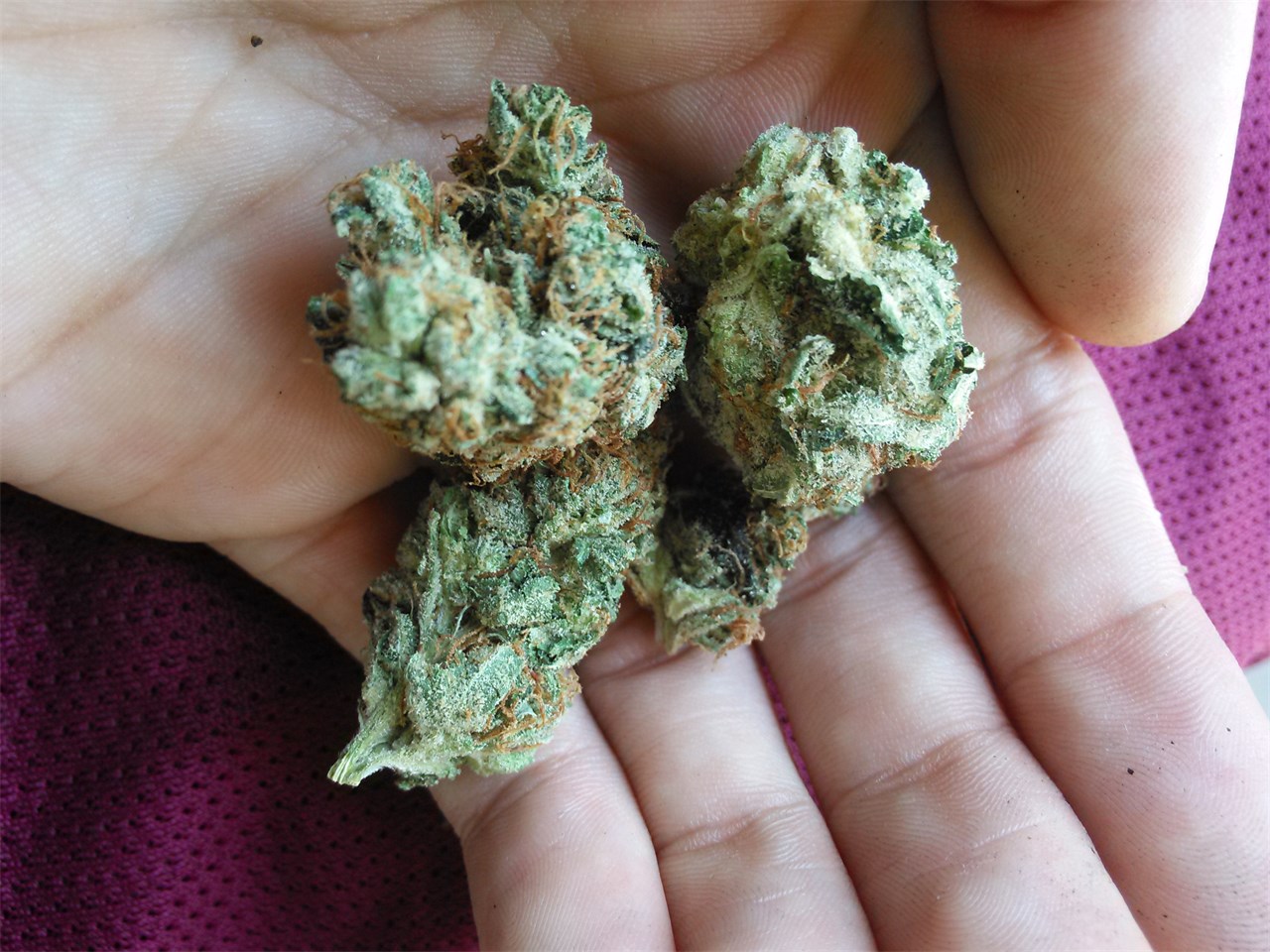
This microbial exchange of food takes place directly around the root zone, called the rhizophere. This process is the exchange of the negative hydrogen ions (called anions) for positive hydrogen ions attached to nutrients (called cations). Plants absorb nutrients through water bound hydrogen osmosis. Simply put, pH (potential Hydrogen) is a measurement of how acidic vs alkaline your substrate and/or nutrient solution is. Similarly, pH must be taken into consideration with every application under comparative conditions. This conversion is less accurate but perfectly appropriate for this test. This % has to be converted to ppm to properly determine how strong in individual nutes a solution may be. Most organic solutions contain nutrients in microbial form - not salts and are explained typically in %. In organic soils and with soluble organic fertilizers its difficult to directly apply the ppm form of measurements. Roughly advised ppm counts should be between 5. Most popular digital ppm meters measure EC and convert it to ppm. If the EC is to low not enough nutrients will be absorbed. If this EC climbs too high, specific nutrient absorption will stop. Salts(ions) conduct electricity from one to the other, the more salts (ions) - the more electrical conductivity (EC). When nutrients are dissolved in water, they take on an electrical charge, known as an ion. When working with mostly soluble fertilizers it's important to understand what this means. These parts per million represent literally how many "nutrient" salts you have vs. This "amount" is based on a variety of aspects including size, strain, mediums and calculated typically through a parts per million count (ppm). Under the right conditions and depending on it's stage Marijuana absorbs a maximum amount of each nute it needs. Through numerous head to head testing and numerical comparisons I've eliminated some products and discovered an understanding of nutes and more importantly, they're ingredient's. In nutrient, plant and grower compatibility I believe many things need consideration. This Aspect however, led me to develop a program that worked for my marijuana strain and me. There are obvious exceptions, Advanced Nutrients and Humboldt to name a few but the majority hide behind tomatoes and fruit - that's another issue unto itself. As many companies still haven't fully immersed themselves in the "marijuana community" it's hard to trust the nute schedules they offer or results they claim in relationship to cannabis. Some products out there are painfully expensive and claim results beyond compare.

As I make a living growing medicinal marijuana, quality production, efficiency and price were all taken into consideration. The following is a comprehensive, independent comparison of 8 various nutrient applications and my experiences with them. Which has for most nute lines been impossible.Ĭan it be these 2 products could produce a bountiful harvest of bomb herb like Botanicare, Fox Farm. I am damn surprised that this lady is over fed at all. To me it says over did it on the N.īasically, I am wondering if there are people out there that still use Neptunes Harvest and what you do for a feed sched. But about 1.5 weeks into flower, she is a lil clawed up.



Interestingly enough, all I use is GH pH up.so I guess its not 100% organic. Her last veg feed was 1 tbsp/gal of the Seaweed and 1 tbsp/gal of the Fish. Also have some Budswel in stock that I feel I will be using in bloom. Nutes: Nep's Harvest Seaweed and Neps Harvest Fish Ferts. Medium: ProMix mixed with some Earth Worm Castings Reason being, I know she eats a load, so if her requirements are met, I have proved something. I stable a few breeds but I am running my heaviest feeder on this run. This winter, Neptunes Harvest experiment. I use a few brands of ferts and usually have an experiment going just to be always trying something out.


 0 kommentar(er)
0 kommentar(er)
